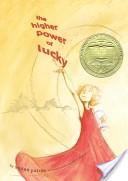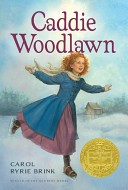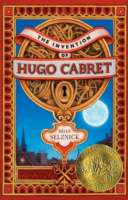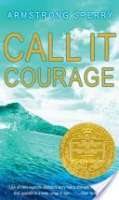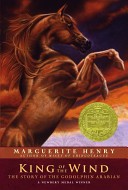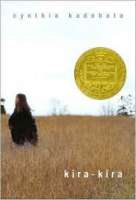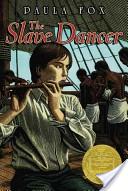
The land was theirs, but so were its hardships
Strawberries — big, ripe, and juicy. Ten-year-old Birdie Boyer can hardly wait to start picking them. But her family has just moved to the Florida backwoods, and they haven’t even begun their planting. “Don’t count your biddies ‘fore they’re hatched, gal young un!” her father tells her.
Making the new farm prosper is not easy. There is heat to suffer through, and droughts, and cold snaps. And, perhaps most worrisome of all for the Boyers, there are rowdy neighbors, just itching to start a feud.

